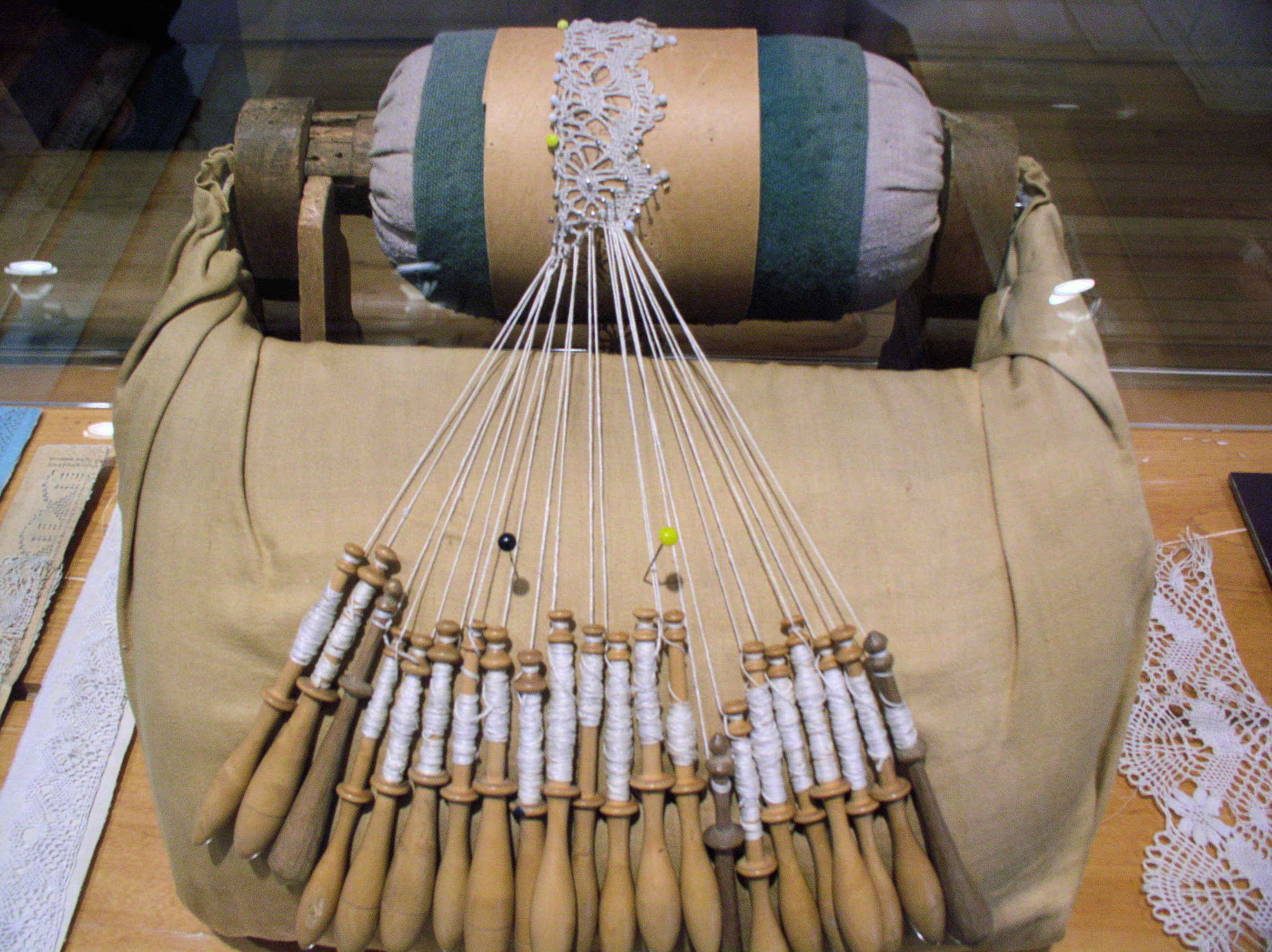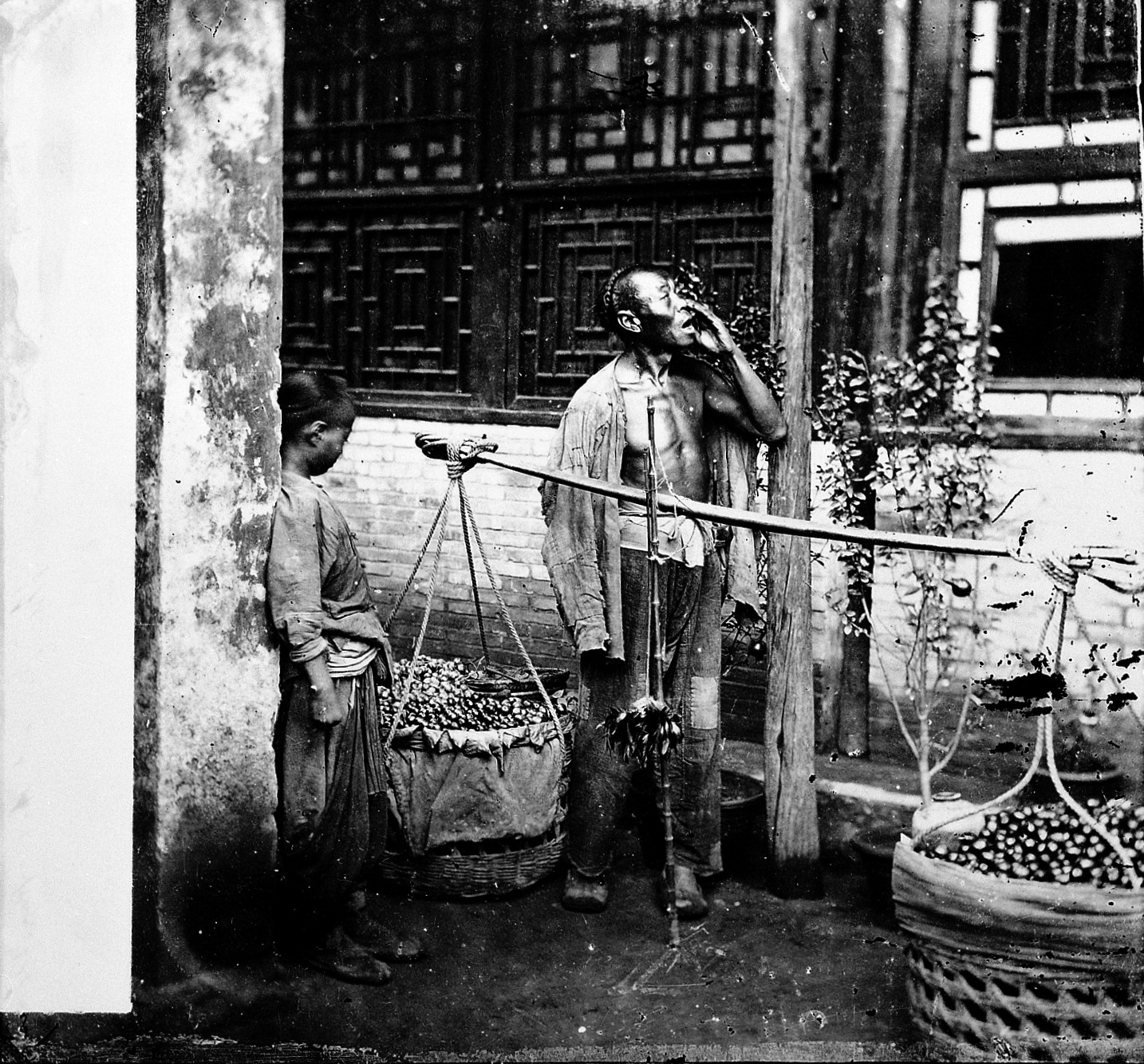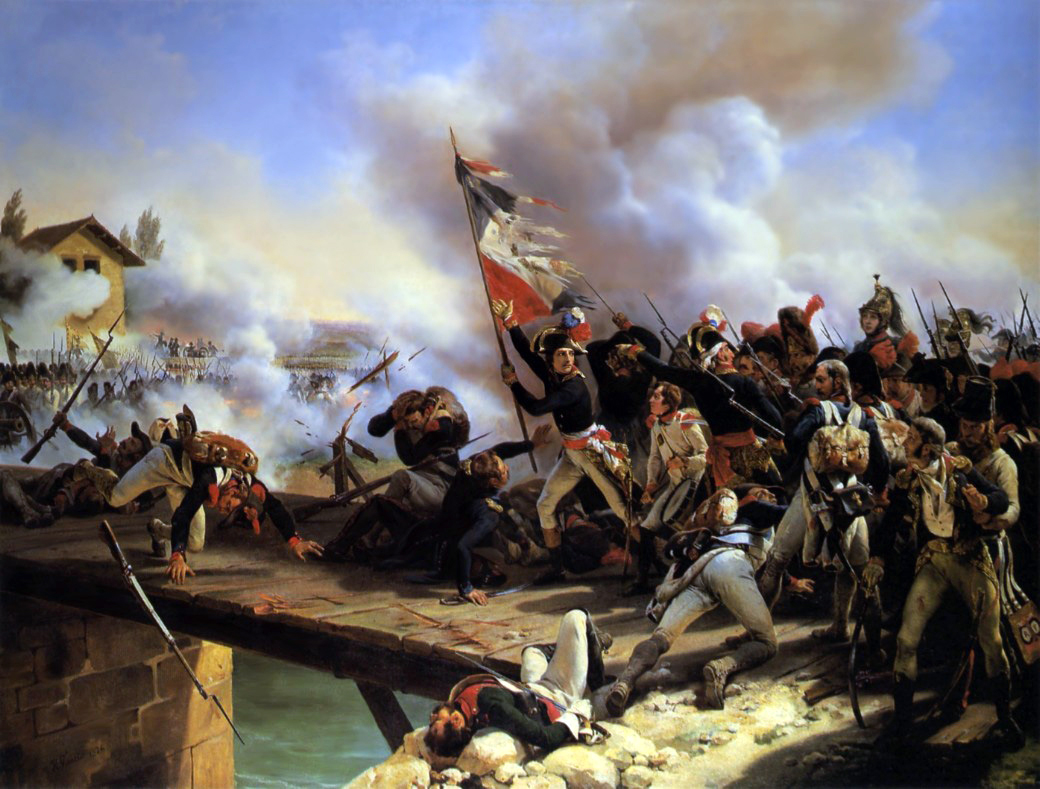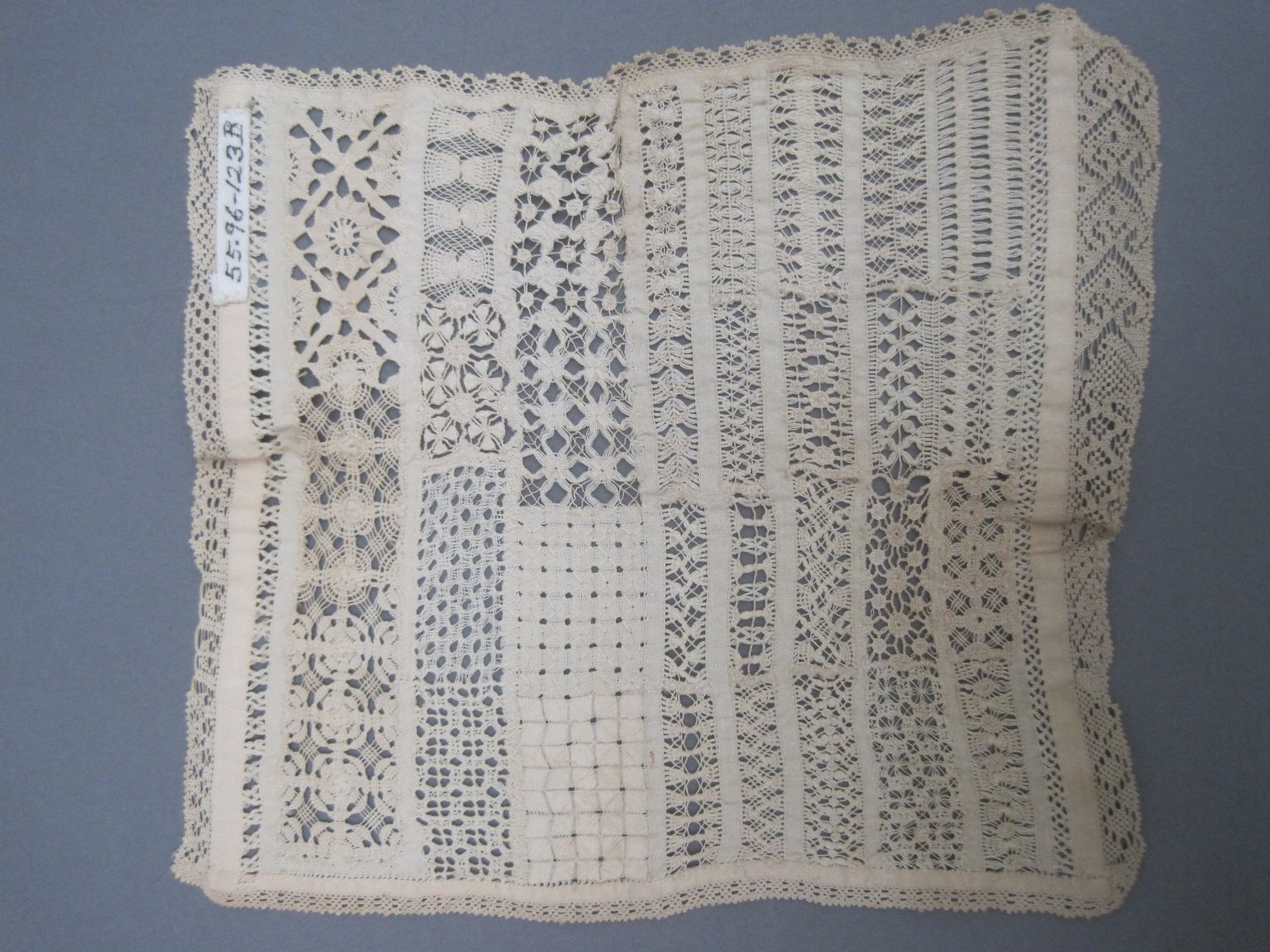|
Anna Elisabeth Hartwick
Anna Elisabeth Hartwick (1796–1882) was a Swedish lace industrialist. She lived in Vadstena, which had a long history of professional lace making. In the 18th century, individual makers of bobbin lace sold their works to peddlers, but in the 19th century, this small-scale industry developed in to a larger industry dominated by Anna Elisabeth Hartwick and her main rival Catharina Lidman (1792–1856). Hartwick bought up lace from many of the lace makers of Vadstena and had them sold through her shop and through salespersons employed by her throughout the nation. Through her employee Catharina Andersdotter, she sold lace to the queen, Louise of the Netherlands Louise of the Netherlands (Wilhelmina Frederika Alexandrine Anna Louise; 5 August 1828 – 30 March 1871) was Queen of Sweden and Norway from 8 July 1859 until her death in 1871 as the wife of King Charles XV & IV. Youth Princess Louise was born ..., and the Swedish court. References *Du Rietz, Anita, ''Kvinnors en ... [...More Info...] [...Related Items...] OR: [Wikipedia] [Google] [Baidu] |
Lace
Lace is a delicate fabric made of yarn or thread in an open weblike pattern, made by machine or by hand. Generally, lace is divided into two main categories, needlelace and bobbin lace, although there are other types of lace, such as knitted or crocheted lace. Other laces such as these are considered as a category of their specific craft. Knitted lace, therefore, is an example of knitting. This article considers both needle lace and bobbin lace. While some experts say both needle lace and bobbin lace began in Italy in the late 1500s, there are some questions regarding its origins. Originally linen, silk, gold, or silver threads were used. Now lace is often made with cotton thread, although linen and silk threads are still available. Manufactured lace may be made of synthetic fiber. A few modern artists make lace with a fine copper or silver wire instead of thread. Etymology The word lace is from Middle English, from Old French ''las'', noose, string, from Vulgar Latin *'' ... [...More Info...] [...Related Items...] OR: [Wikipedia] [Google] [Baidu] |
Vadstena
Vadstena () is a locality and the seat of Vadstena Municipality, Östergötland County, Sweden, with 5,613 inhabitants in 2010. From 1974 to 1979 Vadstena was administered as part of Motala Municipality. Despite its small population, Vadstena is, for historical reasons, still referred to as a ''city'': though it received its city privileges in 1400), Statistics Sweden only counts as cities Swedish urban localities with more than 10,000 inhabitants. History Above all, the city of Vadstena is noted for two important facts of Swedish history. It was in Vadstena, year 1350, that Saint Bridget of Sweden founded the first monastery of her Bridgettine Order, and Vadstena Castle is one of Sweden’s best-preserved castles from the era of Gustav Vasa in the 16th century, when Sweden became Protestant. Today the surviving buildings of the monastery are occupied by a hotel, (Vadstena Klosterhotel), and the castle houses the provincial archives and a museum of 16th and 17th century ... [...More Info...] [...Related Items...] OR: [Wikipedia] [Google] [Baidu] |
Bobbin Lace
Bobbin lace is a lace textile made by braiding and twisting lengths of thread, which are wound on bobbins to manage them. As the work progresses, the weaving is held in place with pins set in a lace pillow, the placement of the pins usually determined by a pattern or pricking pinned on the pillow. Bobbin lace is also known as pillow lace, because it was worked on a pillow, and bone lace, because early bobbins were made of bone or ivory. Bobbin lace is one of the two major categories of handmade laces, the other being needle lace, derived from earlier cutwork and reticella. Origin A will of 1493 by the Milanese Sforza family mentions lace created with twelve bobbins. There are two books that represent the early known pattern descriptions for bobbin lace, ''Le Pompe'' from Venice and ''Nüw Modelbuch'' from Zürich. Bobbin lace evolved from passementerie or braid-making in 16th-century Italy. Genoa was famous for its braids, hence it is not surprising to find bobbin lace ... [...More Info...] [...Related Items...] OR: [Wikipedia] [Google] [Baidu] |
Peddler
A peddler, in British English pedlar, also known as a chapman, packman, cheapjack, hawker, higler, huckster, (coster)monger, colporteur or solicitor, is a door-to-door and/or travelling vendor of goods. In England, the term was mostly used for travellers hawking goods in the countryside to small towns and villages. In London, more specific terms were used, such as costermonger. From antiquity, peddlers filled the gaps in the formal market economy by providing consumers with the convenience of door-to-door service. They operated alongside town markets and fairs where they often purchased surplus stocks which were subsequently resold to consumers. Peddlers were able to distribute goods to the more geographically-isolated communities such as those who lived in mountainous regions of Europe. They also called on consumers who, for whatever reason, found it difficult to attend town markets. Thus, peddlers played an important role in linking these consumers and regions to wider tr ... [...More Info...] [...Related Items...] OR: [Wikipedia] [Google] [Baidu] |
Catharina Lidman
Catharina is a feminine given name, the Dutch and Swedish spelling of the name Catherine. In the Netherlands, people use a great number of short forms in daily life, including ''Carine'', ''Catelijne'', ''Cato'', ''Ina'', ''Ineke'', ''Kaat'', ''Kaatje'', ''Karen'', ''Karin'', ''Katja'', ''Katrien'', ''Katrijn'', ''Kitty'', ''Nienke'', ''Rina'', ''Tineke'', ''Tiny'', ''Toos'', ''Trijn'', ''Trijntje'', and many others. People with the name include: Academics, science * Catharina C.J.H. "Catrien" Bijleveld (born 1958), Dutch criminologist *Catharina Halkes (1920–2011), Dutch theologian and feminist * Catharina Jantina "Catherine" de Jong (born 1956), Dutch anesthesiologist, drug rehab physician and intensivist * Catharina Geertruida "Catrien" Santing (born 1958), Dutch medievalist *Catharina Stroppel (born 1971), German mathematician * A.P. Catharina "Catharine" van Tussenbroek (1852–1925), Dutch physician and feminist Arts *Catharina Ahlgren (1734–c. 1800), Swedish feminist w ... [...More Info...] [...Related Items...] OR: [Wikipedia] [Google] [Baidu] |
Louise Of The Netherlands
Louise of the Netherlands (Wilhelmina Frederika Alexandrine Anna Louise; 5 August 1828 – 30 March 1871) was Queen of Sweden and Norway from 8 July 1859 until her death in 1871 as the wife of King Charles XV & IV. Youth Princess Louise was born on 5 August 1828 in The Hague. Her father was Prince Frederick of the Netherlands, the second child of King William I of the Netherlands and Wilhelmina of Prussia. Her mother Louise was the eighth child of King Frederick William III of Prussia and Louise of Mecklenburg-Strelitz. Her education was to large extent entrusted to her Belgian governess Victoire Wauthier, and she studied French, German, English, Russian and piano. In 1849, Louise was selected as a suitable spouse for Crown Prince Charles, the son of King Oscar I of Sweden and Norway and Josephine of Leuchtenberg. The marriage was arranged after the negotiations to arrange a marriage between Charles and her cousin Princess Louise of Prussia had failed. King Oscar I of Sw ... [...More Info...] [...Related Items...] OR: [Wikipedia] [Google] [Baidu] |
19th-century Swedish Businesspeople
The 19th (nineteenth) century began on 1 January 1801 ( MDCCCI), and ended on 31 December 1900 ( MCM). The 19th century was the ninth century of the 2nd millennium. The 19th century was characterized by vast social upheaval. Slavery was abolished in much of Europe and the Americas. The First Industrial Revolution, though it began in the late 18th century, expanding beyond its British homeland for the first time during this century, particularly remaking the economies and societies of the Low Countries, the Rhineland, Northern Italy, and the Northeastern United States. A few decades later, the Second Industrial Revolution led to ever more massive urbanization and much higher levels of productivity, profit, and prosperity, a pattern that continued into the 20th century. The Islamic gunpowder empires fell into decline and European imperialism brought much of South Asia, Southeast Asia, and almost all of Africa under colonial rule. It was also marked by the collapse of the lar ... [...More Info...] [...Related Items...] OR: [Wikipedia] [Google] [Baidu] |
Swedish Businesspeople In Fashion
Swedish or ' may refer to: Anything from or related to Sweden, a country in Northern Europe. Or, specifically: * Swedish language, a North Germanic language spoken primarily in Sweden and Finland ** Swedish alphabet, the official alphabet used by the Swedish language * Swedish people or Swedes, persons with a Swedish ancestral or ethnic identity ** A national or citizen of Sweden, see demographics of Sweden The demography of Sweden is monitored by the ''Statistiska centralbyrån'' (Statistics Sweden). Sweden's population was 10,481,937 (May 2022), making it the 15th-most populous country in Europe after Czech Republic, the 10th-most populous m ... ** Culture of Sweden * Swedish cuisine See also * * Swedish Church (other) * Swedish Institute (other) * Swedish invasion (other) * Swedish Open (other) {{disambig Language and nationality disambiguation pages ... [...More Info...] [...Related Items...] OR: [Wikipedia] [Google] [Baidu] |
1796 Births
Events January–March * January 16 – The first Dutch (and general) elections are held for the National Assembly of the Batavian Republic. (The next Dutch general elections are held in 1888.) * February 1 – The capital of Upper Canada is moved from Newark to York. * February 9 – The Qianlong Emperor of China abdicates at age 84 to make way for his son, the Jiaqing Emperor. * February 15 – French Revolutionary Wars: The Invasion of Ceylon (1795) ends when Johan van Angelbeek, the Batavian governor of Ceylon, surrenders Colombo peacefully to British forces. * February 16 – The Kingdom of Great Britain is granted control of Ceylon by the Dutch. * February 29 – Ratifications of the Jay Treaty between Great Britain and the United States are officially exchanged, bringing it into effect.''Harper's Encyclopaedia of United States History from 458 A. D. to 1909'', ed. by Benson John Lossing and, Woodrow Wilson (Harper & Brot ... [...More Info...] [...Related Items...] OR: [Wikipedia] [Google] [Baidu] |
1882 Deaths
Year 188 (CLXXXVIII) was a leap year starting on Monday of the Julian calendar. At the time, it was known in the Roman Empire as the Year of the Consulship of Fuscianus and Silanus (or, less frequently, year 941 ''Ab urbe condita''). The denomination 188 for this year has been used since the early medieval period, when the Anno Domini calendar era became the prevalent method in Europe for naming years. Events By place Roman Empire * Publius Helvius Pertinax becomes pro-consul of Africa from 188 to 189. Japan * Queen Himiko (or Shingi Waō) begins her reign in Japan (until 248). Births * April 4 – Caracalla (or Antoninus), Roman emperor (d. 217) * Lu Ji (or Gongji), Chinese official and politician (d. 219) * Sun Shao, Chinese general of the Eastern Wu state (d. 241) Deaths * March 17 – Julian, pope and patriarch of Alexandria * Fa Zhen (or Gaoqing), Chinese scholar (b. AD 100) * Lucius Antistius Burrus, Roman politician (executed) * Ma ... [...More Info...] [...Related Items...] OR: [Wikipedia] [Google] [Baidu] |
Lace
Lace is a delicate fabric made of yarn or thread in an open weblike pattern, made by machine or by hand. Generally, lace is divided into two main categories, needlelace and bobbin lace, although there are other types of lace, such as knitted or crocheted lace. Other laces such as these are considered as a category of their specific craft. Knitted lace, therefore, is an example of knitting. This article considers both needle lace and bobbin lace. While some experts say both needle lace and bobbin lace began in Italy in the late 1500s, there are some questions regarding its origins. Originally linen, silk, gold, or silver threads were used. Now lace is often made with cotton thread, although linen and silk threads are still available. Manufactured lace may be made of synthetic fiber. A few modern artists make lace with a fine copper or silver wire instead of thread. Etymology The word lace is from Middle English, from Old French ''las'', noose, string, from Vulgar Latin *'' ... [...More Info...] [...Related Items...] OR: [Wikipedia] [Google] [Baidu] |
People From Vadstena Municipality
A person ( : people) is a being that has certain capacities or attributes such as reason, morality, consciousness or self-consciousness, and being a part of a culturally established form of social relations such as kinship, ownership of property, or legal responsibility. The defining features of personhood and, consequently, what makes a person count as a person, differ widely among cultures and contexts. In addition to the question of personhood, of what makes a being count as a person to begin with, there are further questions about personal identity and self: both about what makes any particular person that particular person instead of another, and about what makes a person at one time the same person as they were or will be at another time despite any intervening changes. The plural form "people" is often used to refer to an entire nation or ethnic group (as in "a people"), and this was the original meaning of the word; it subsequently acquired its use as a plural form of per ... [...More Info...] [...Related Items...] OR: [Wikipedia] [Google] [Baidu] |






_1938.jpg)